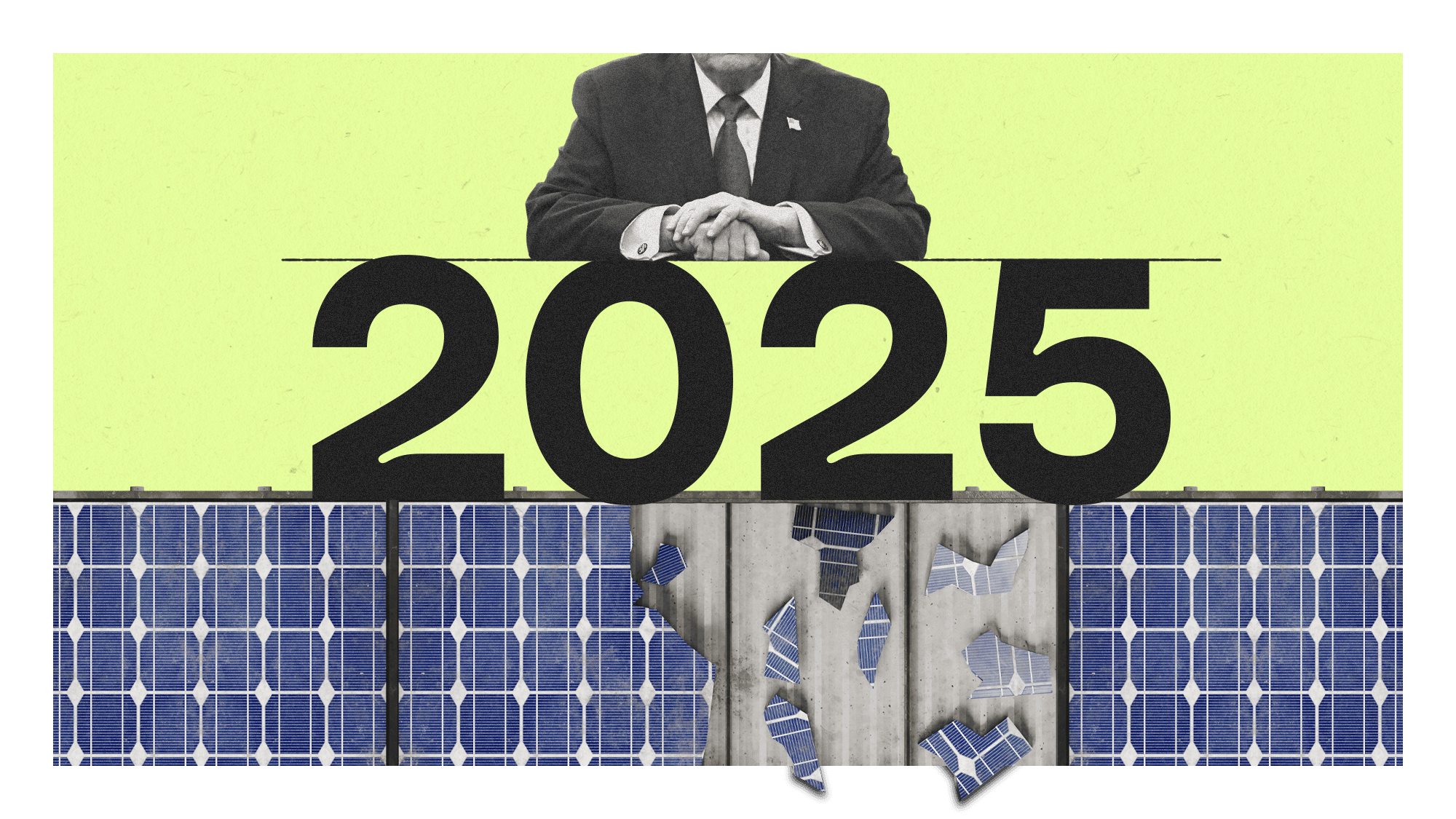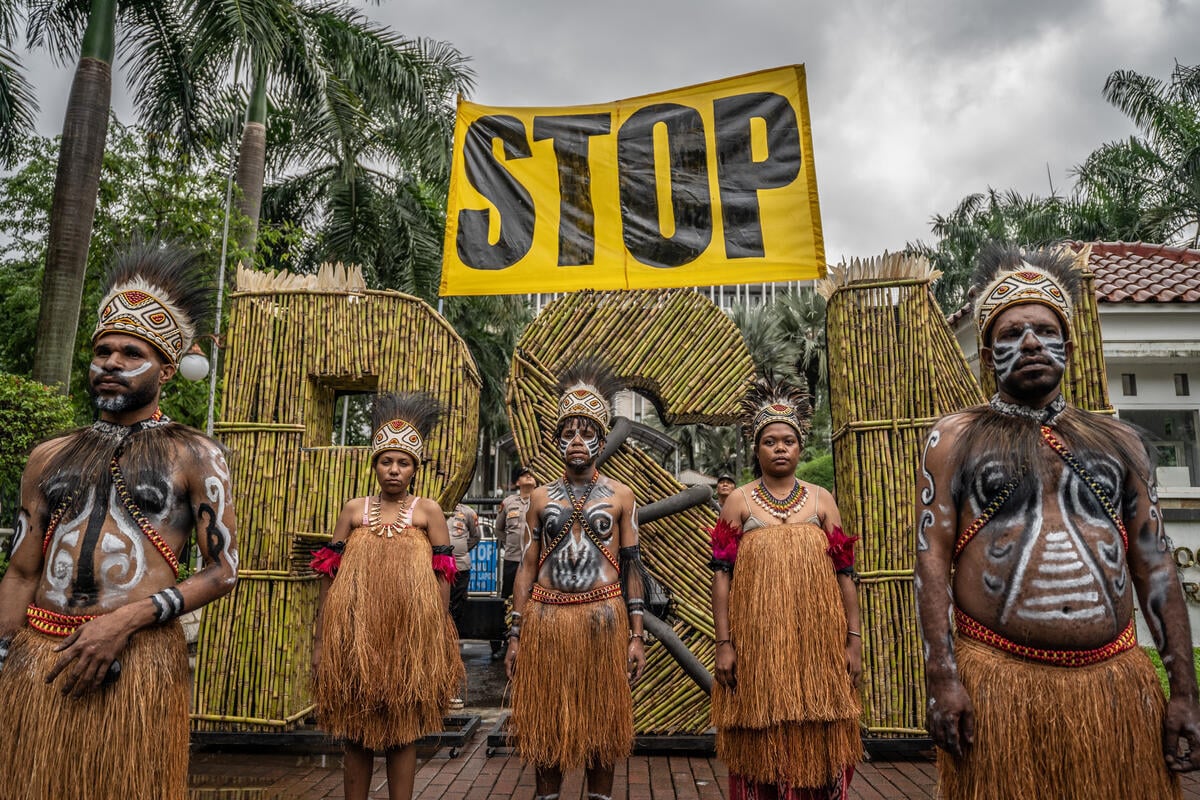Crystals, Vol. 15, Pages 408: Plasma Spraying of W Coatings for Nuclear Fusion Applications: Advancements and Challenges
Crystals doi: 10.3390/cryst15050408
Authors:
Ekaterina Pakhomova
Alessandra Palombi
Alessandra Varone
The selection of a suitable plasma-facing material (PFM) that must protect the divertor, cooling systems, and structural components is an important challenge in the design of advanced fusion reactors and requires careful consideration. Material degradation due to melting and evaporation may lead to plasma contamination, which must be strictly avoided. Among the candidate materials, tungsten (W) is the most promising because of its thermo-mechanical and physical properties, which allow it to endure repeated exposure to extremely harsh conditions within the reactor. The plasma spraying (PS) technique is gaining increasing interest for the deposition of tungsten (W) coatings to protect heat sink materials, due to its relatively low cost, high deposition rates, and capability to coat complex-shaped surfaces and fix damaged coatings in situ. This review aims to provide a systematic assessment of tungsten (W) coatings produced by PS techniques, evaluating their suitability as PFMs. It discusses W-based materials, plasma spraying technologies, the role of the interface in joining W coating and metallic substrates such as copper alloys and steels, and the main issues related to coating surface erosion under steady-state and transient heat loads associated with advanced fusion reactor operation modes and off-normal events. Quantitative data available in the literature, such as porosity, oxygen content, thermal conductivity of the coatings, residual stresses accumulated in the coating–substrate interface, surface temperature, and material loss following heat load events, were summarized and compared to bulk W ones. The results demonstrate that, following optimization of the fabrication process, PS-W coatings exhibit excellent performance. In addition, previously mentioned advantages of PS technology make PS-W coatings an attractive alternative for PFM fabrication.
Source link
Ekaterina Pakhomova www.mdpi.com


